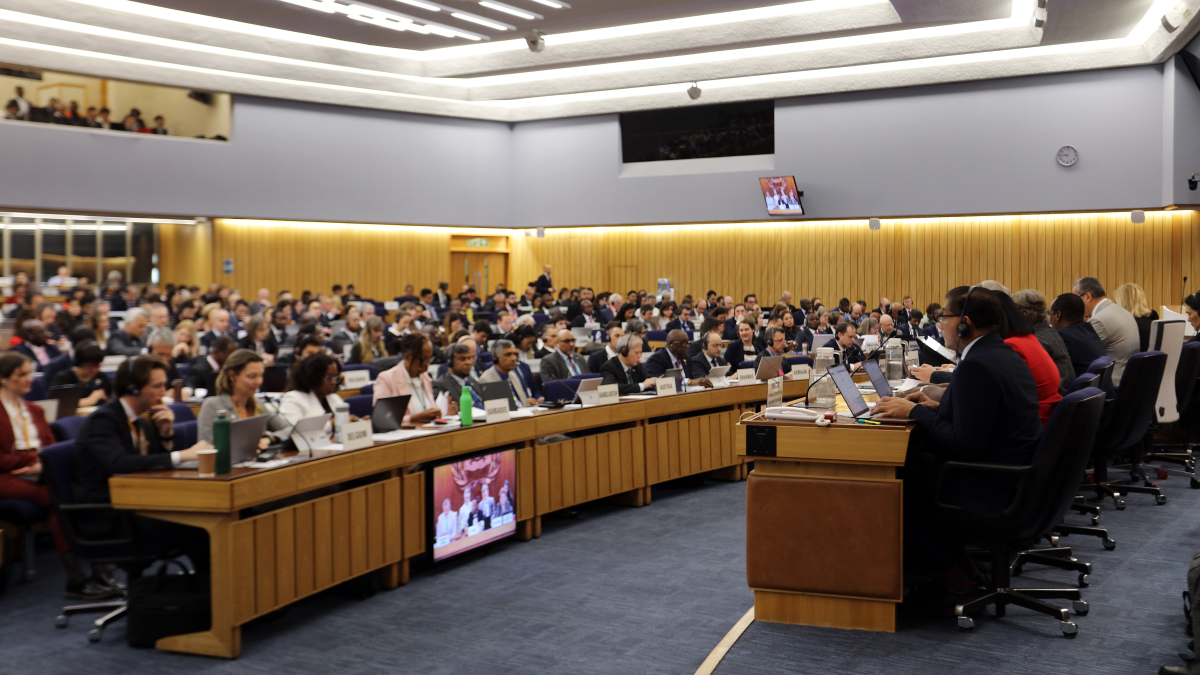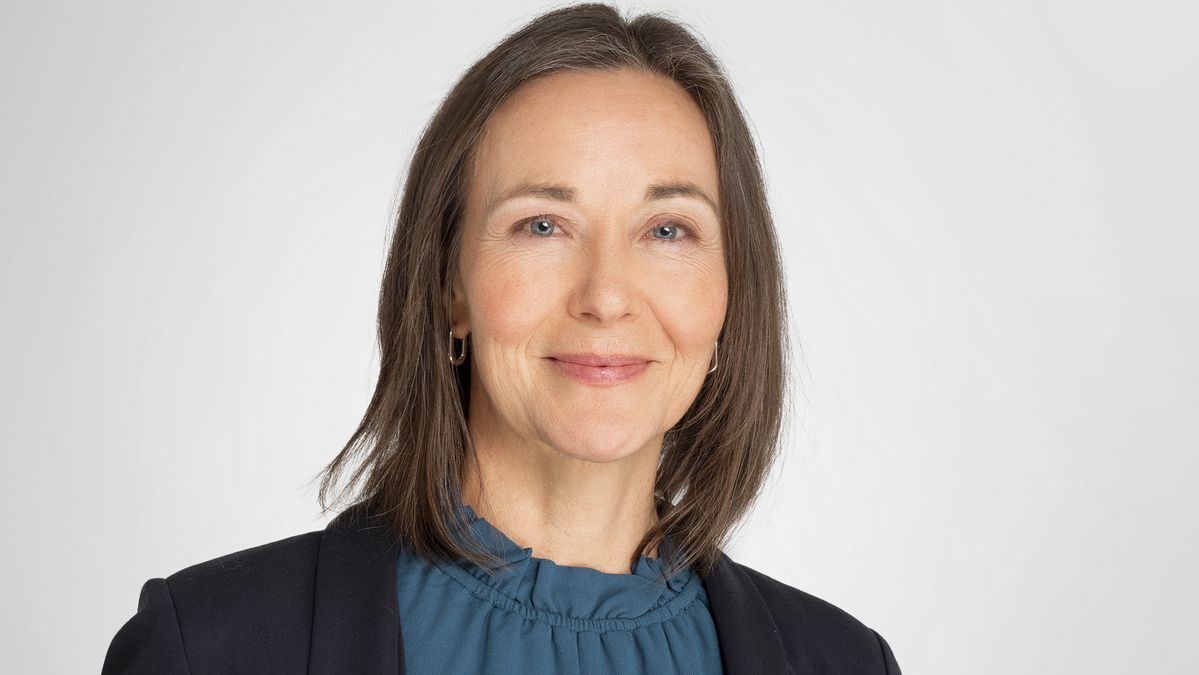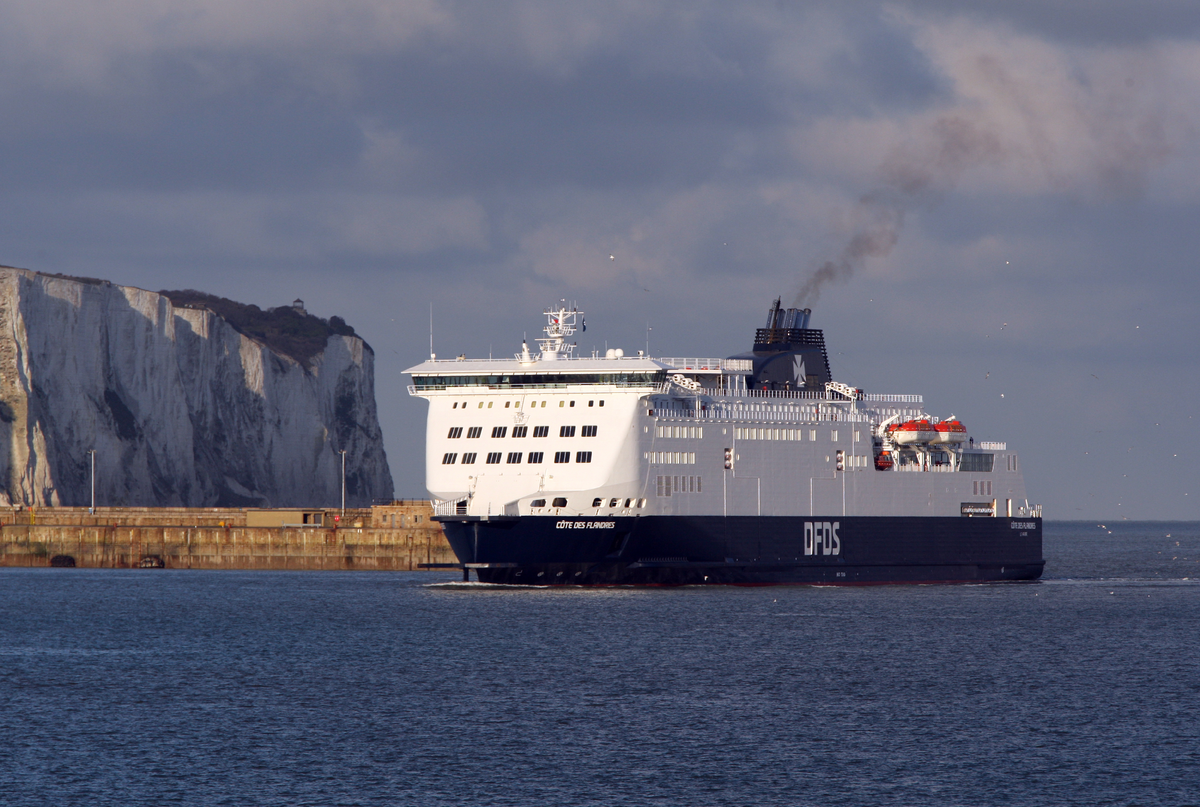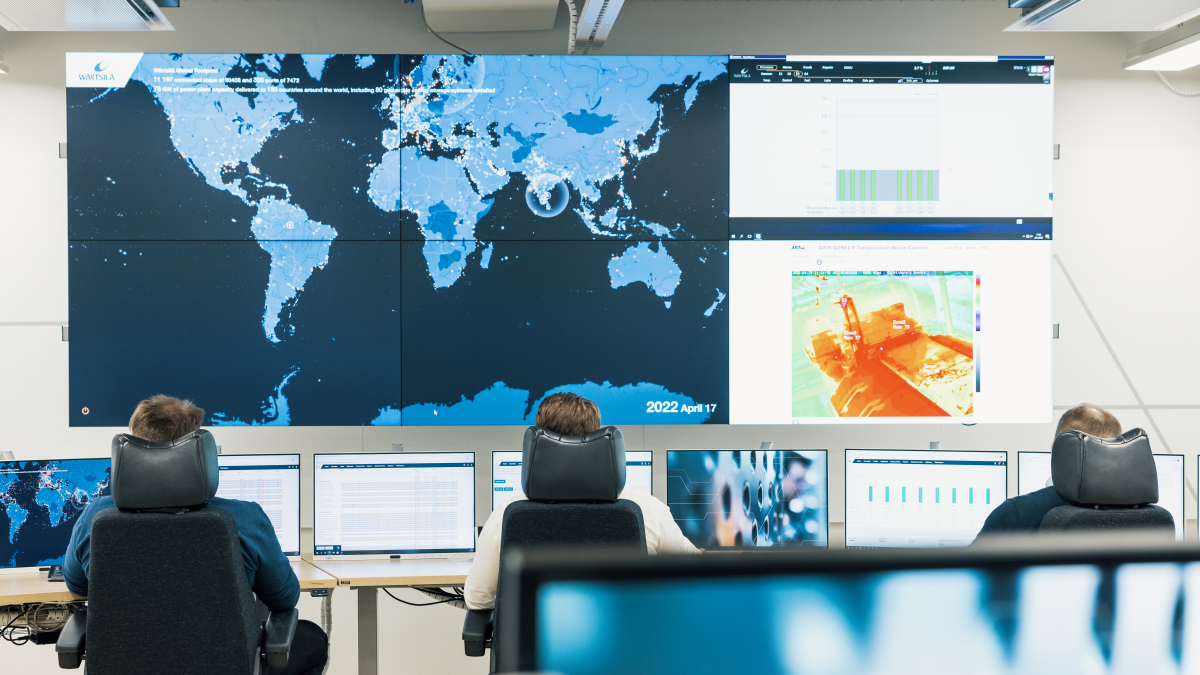Business Sectors
Events
Contents
Register to read more articles.
IMO adopts net-zero rules, industry divided
MEPC 83’s approval of GHG intensity rules for 2028 enforcement has drawn support and criticism across the maritime sector
The 83rd session of the Marine Environment Protection Committee (MEPC 83) of the IMO concluded with the endorsement of a regulatory package that aims to reduce greenhouse gas (GHG) emissions from international shipping. At its heart lies a new GHG fuel intensity requirement applicable from 1 January 2028. While viewed by some as a necessary evolution of global climate policy, the outcome has drawn a mixed response across the maritime industry.
The new requirements form the basis of IMO’s Net-Zero Framework and will apply to ships of 5,000 gt and above, with exemptions for domestic-only traders, offshore platforms, and semi-submersible units. Each ship will be required to report its annual well-to-wake GHG Fuel Intensity (GFI), calculated across all energy used onboard, including marine fuel, electricity, wind, and solar energy.
The regulation introduces two thresholds: a Base target and a more demanding Direct compliance target, with year-on-year reductions scheduled through to 2035. Vessels not meeting the Direct compliance threshold must offset their deficits using either surplus units (SUs) generated by better-performing ships or remedial units (RUs) bought from a new IMO Net-Zero Fund. The initial price for RUs has been set at US$100 per tonne CO2 equivalent for Tier 1 emissions and US$380 per tonne for Tier 2 emissions, reflecting the distance by which a vessel exceeds either threshold.
IMO secretary-general, Arsenio Dominguez, described the package as “a remarkable achievement,” adding: “With the adoption of the IMO Net-Zero Framework, we are sending a clear signal to the industry, to the financial sector and to the energy providers. We are moving forward, and we expect you to move with us.”
However, for tanker operators, the outcome has not been universally welcomed. INTERTANKO’s managing director, Tim Wilkins, commented on the negotiation process, noting: “In an unusual move, non-governmental organisations, including INTERTANKO, were excluded from much of the ‘closed-door’ discussions on the emissions reduction trajectories. This ignored the vital contribution that the industry makes by bringing technical, practical and real-world analysis and information into the rule-making process. The IMO’s traditional rule-making process must now resume and the industry’s input must now be taken into account in future diplomatic discourse.”
“We are moving forward, and we expect you to move with us”
From a technical standpoint, INTERTANKO’s senior technical manager, KC Wong, highlighted the volume of work still required. “With the draft framework now in place, the focus must turn to the critical work of implementation. A long list of implementing guidelines for the draft framework remains to be developed and amended, underscoring the scale and complexity of what lies ahead. It is essential that future discussions on the implementing guidelines involve and recognise the industry’s crucial role in achieving the desired GHG reductions.”
The International Chamber of Shipping (ICS) also cautioned that “considerable work remains to finalise the implementing guidelines and to ensure the proposed enforcement mechanisms are robust, practical and genuinely global.”
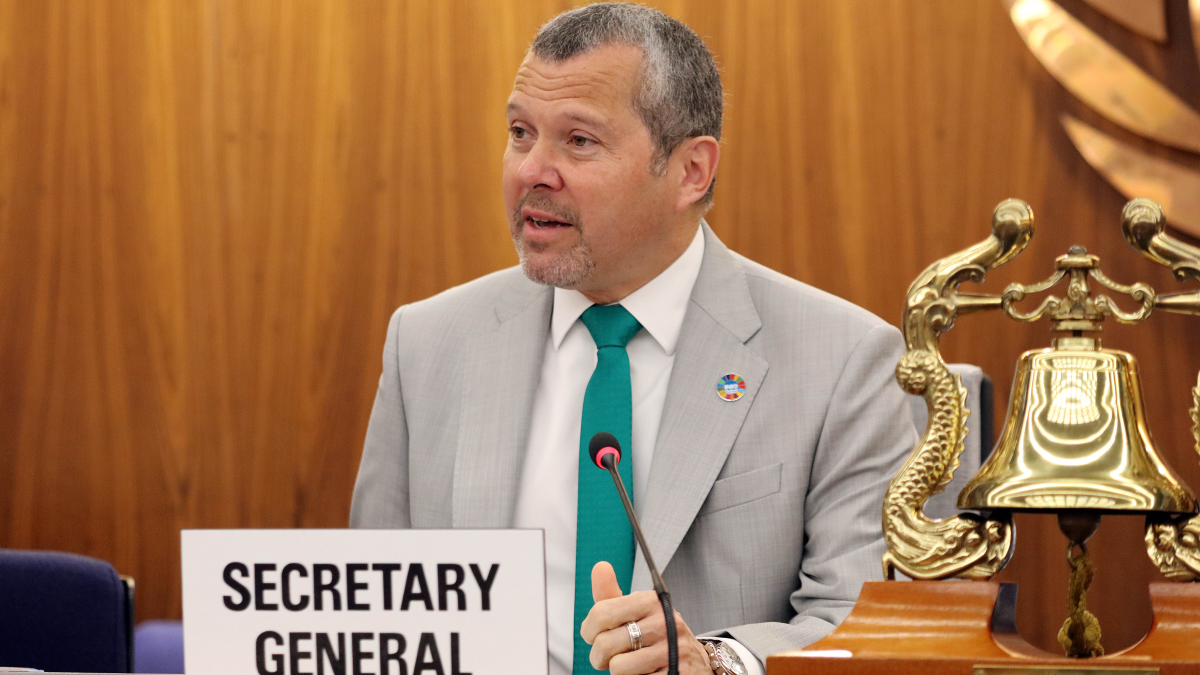
BIMCO addressed the question of emissions accounting, particularly during port calls and waiting time. It welcomed changes to the IMO Data Collection System (DCS), which will now incorporate the GHG intensity metrics and update definitions such as “underway” - now defined as the period between full ahead on passage and end of sea passage.
The GHG rules require each ship to update its Ship Energy Efficiency Management Plan (SEEMP Part II) to include GFI reporting elements, verified prior to the first reporting period. GHG emissions factors and sustainability declarations must be certified by an approved Sustainable Fuel Certification Scheme (SFCS). By 1 March 2027, IMO will publish an initial list of recognised SFCSs.
According to DNV, “the regulations are designed in this manner so that most ships will use sufficient low-GHG emission fuels to reach the Base target and then buy Tier 1 RUs. Alternatively, they can buy SUs to cover the Tier 2 compliance deficit and then acquire Tier 1 RUs.”
Revenue generated from RU purchases will be managed by the IMO Net-Zero Fund and redistributed as rewards to ships using zero or near-zero emissions energy sources. However, the specifics of the reward mechanism remain under development.
Alongside the Net-Zero Framework, MEPC 83 also agreed to new annual reduction factors for the Carbon Intensity Indicator (CII), with Z-factors rising to 21.5% by 2030. Phase two of the short-term GHG measure review will begin in January 2026.
On the regulatory front, MEPC 83 adopted amendments to the NOx Technical Code to allow for multiple engine operational profiles and set guidelines for the re-certification of substantially modified engines. These changes will take effect from 2026 and 2027.
The North-East Atlantic was approved as a new Emission Control Area (ECA) for sulphur oxides (SOx), particulate matter (PM), and nitrogen oxides (NOx). The region covers the Exclusive Economic Zones and territorial seas of Greenland, Iceland, the Faroe Islands, Ireland, the United Kingdom, France, Spain, and Portugal. The sulphur cap will apply from 2028, and Tier III NOx standards will follow for newbuilds contracted after 1 January 2027.
MEPC 83 also progressed ballast water regulations, confirming that “challenging water quality” (CWQ) testing will become mandatory during type approval for all ballast water management systems. A Correspondence Group will refine amendments ahead of MEPC 84 in spring 2026. BIMCO, which has long supported more stringent validation, welcomed the direction of travel.
Guidelines were also adopted for the measurement of non-CO2 GHG emissions, specifically methane and nitrous oxide, and a Correspondence Group has been tasked with developing a broader verification framework. A parallel workstream was launched on onboard carbon capture systems (OCCS), targeting full regulatory development by 2028.
Beyond climate matters, the Committee approved interim guidance permitting oil tankers to carry biofuel blends containing up to 30%. It also endorsed the 2025 Action Plan on marine plastic litter and agreed in principle to designate two Particularly Sensitive Sea Areas off the coast of Peru.
In closing remarks, Mr Dominguez acknowledged the divergence of views but defended the Committee’s approach: “This is not about winners and losers. This is about compromise, collaboration and cohesion.”
Related to this Story
Women in Maritime Today: Elin Saltkjel says no day working in maritime is dull
Events
Maritime Environmental Protection Webinar Week
Cyber & Vessel Security Webinar Week
The illusion of safety: what we're getting wrong about crews, tech, and fatigue
Responsible Ship Recycling Forum 2025
© 2024 Riviera Maritime Media Ltd.


